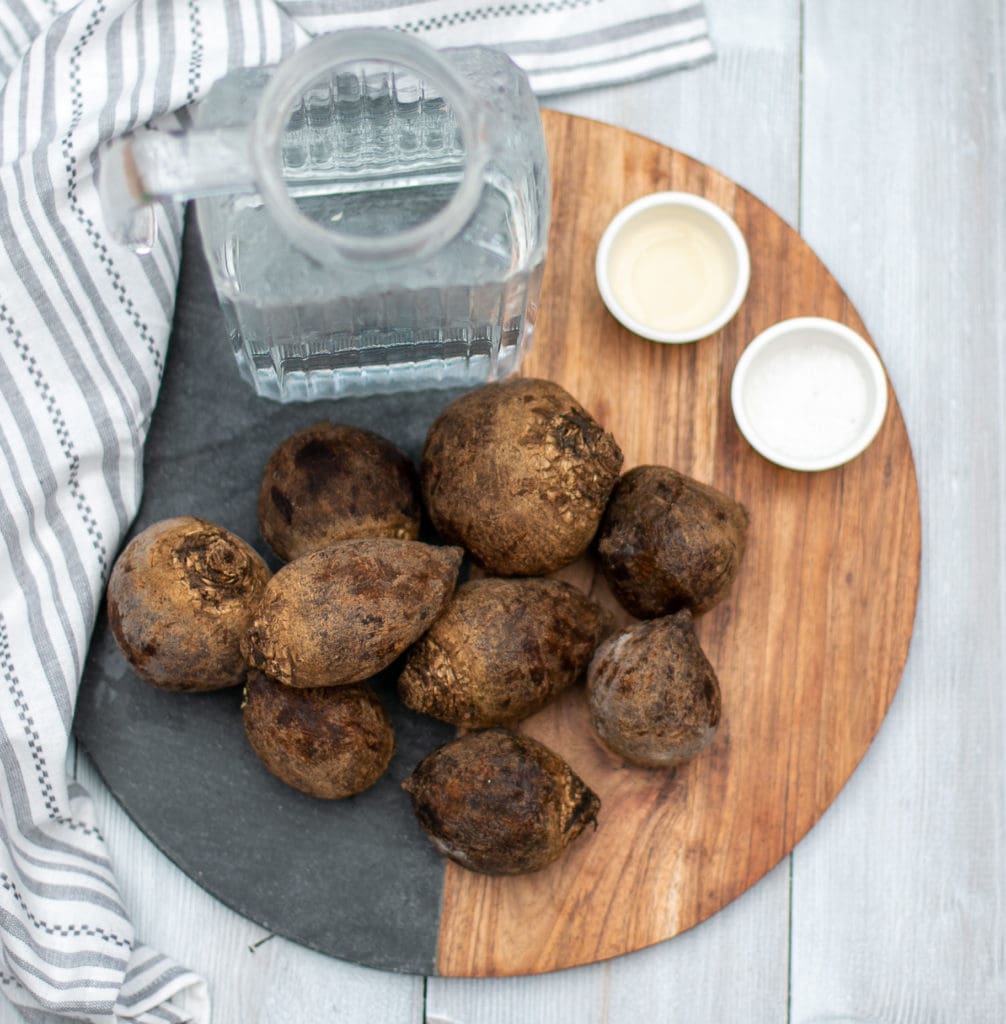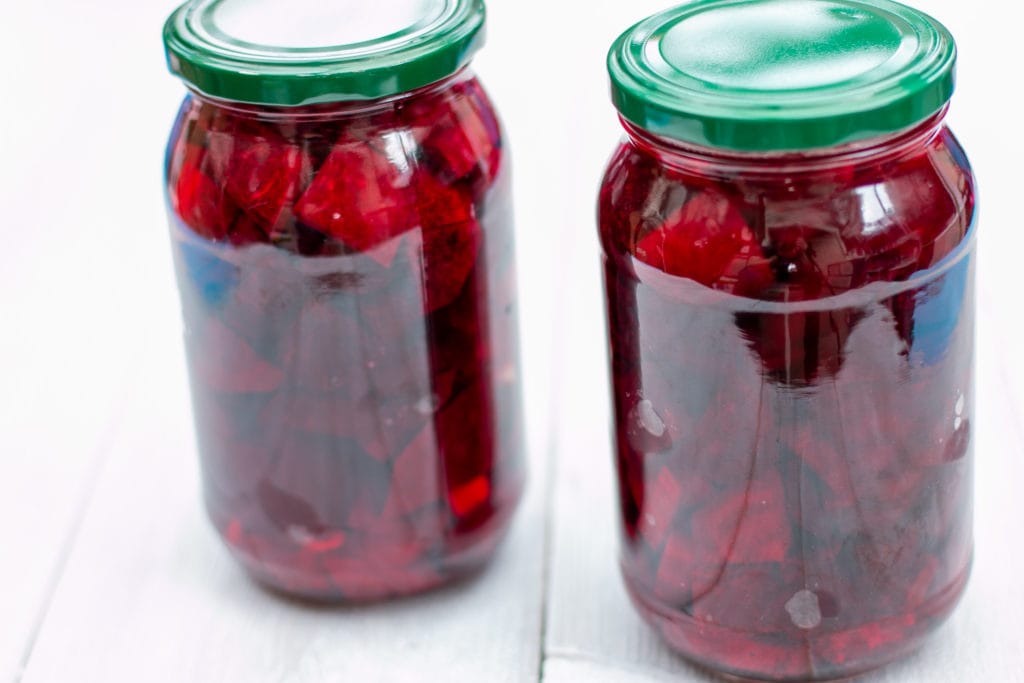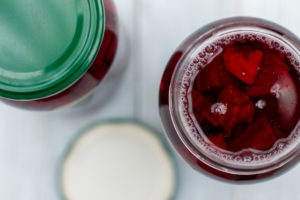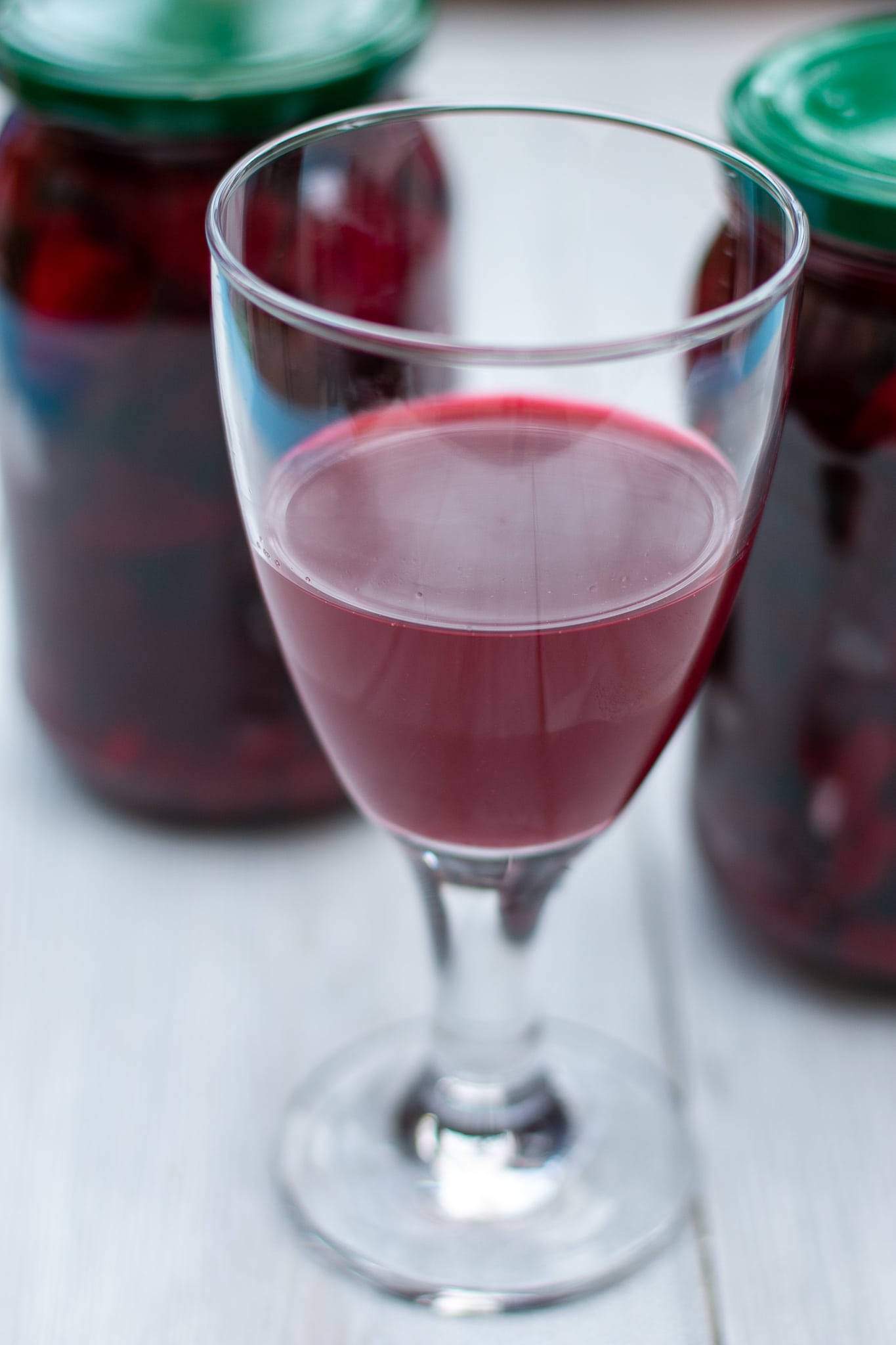Beet leaven is an excellent drink for people who care about their health. It has many beautiful properties, mentioned that it improves our immunity, gives energy, and improves concentration. You can also prepare delicious Polish borscht soup from it, but it will probably be in another chapter of my blog.
How to choose the best ingredients for beetroot leaven
Beetroots: the best beets will be 10-12 cm in diameter. Of course, fresh without drying out, i.e. the skin should be firm, not wrinkled.
Garlic: I choose thick and large garlic cloves about 2 cm long, if you have smaller ones, just give more garlic.

Tips and tricks
If you wash the beets very well, you don’t have to peel them, only after that, you can’t use them for anything else. I peel them because I make salads from them.


Beetroot leaven
Ingredients
- 1 kg beetroot
- 6 cloves garlic
- 2 bay leave
- 6 grains allspice
- 6 grains black pepper
- 1 liter boiled water and cooled down
- 1 tbsp salt
- 1 tbsp pickled cucumber juice or sauerkraut or the previous leaven
Instructions
- Wash the beets, peel them thinly, and cut them into thick slices so that the water does not flow to the surface after pouring them.
- Place the beets tightly in a stone, glass, or ceramic vessel.
- The dish should be scalded beforehand, pour boiling water over it to make sure it is clean
- Choose a vessel that does not react with the acid. I chose 2 liter jars
- Turn the garlic and the paws cross the length.
- Garlic, allspice, pepper, and bay leaves are pressed between the beets.
- Add salt and a tablespoon of acid to the boiled water and mix everything.
- The original recipe is to cover it with a clean cloth or gauze and hold a rubber band on the dish, but I twist the lid gently so that the sourdough can breathe (remember, please remember if you decide to make a decision so that the lid is not tightly screwed on, because air must come to the sourdough extract bubbles from the fermentation process.
- Leave the prepared beets in a warm place for 5-7 days. The sourdough is good if it has a beautiful dark color
- As soon as the leaven is ready, we pour it into jars or bottles and we can store it in the refrigerator for up to a few weeks.

